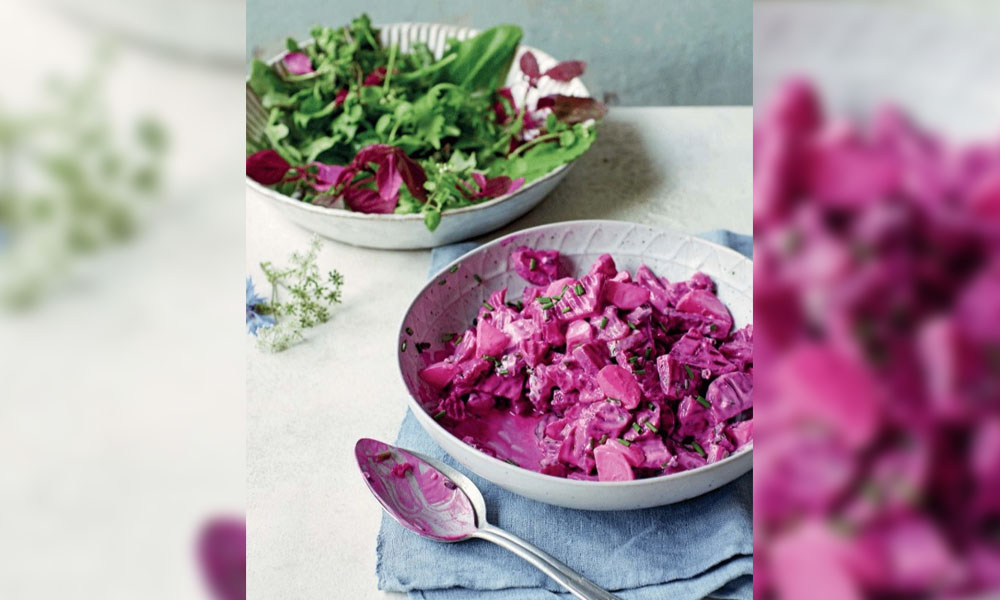Originating from Tibetan Buddhist traditions, the flags are printed with the mantra ‘Om Mani Padme Hum’
Digital Desk: The iconic "Om Mani Padme Hum" prayer flag, a sacred symbol in Tibetan Buddhism is gaining growing cultural and spiritual recognition across the northeastern regions of India, including Assam. Although they do not seem to be a viral trend, their meaning is deeply rooted, and such flags are increasingly present in spiritual and aesthetic areas.
Based on the Tibetan Buddhist customs, the flags are printed bearing the mantra Om Mani Padme Hum that is the source of compassion and wisdom. The mantra consists of a very deep meaning in each word. Om is a symbol of bodily, vocal, and mental transformation, Mani (jewel) is the person who wishes to reach the enlightenment, Padme (lotus) means wisdom, and Hum is the concept of a combination of the method and wisdom.
Traditionally hung in high places like mountain passes, monasteries, and rooftops, these flags are believed to release prayers and blessings into the wind, spreading goodwill and positive energy to all sentient beings.
The prayer flags are designed in five bright colors with each color on the flags representing the elements of nature and direction: blue color representing sky, white color representing air, red color representing fire, green color representing water, and lastly there is yellow color representing earth. This is the balance of the universe and that all life exists, interconnected in this harmony of elements.
In Assam and neighboring regions like Sikkim and Arunachal Pradesh, these flags are increasingly seen not only in monastic settings but also in homes, yoga studios, and personal meditation spaces They are peaceful people who attract both tourists and spiritual seekers to their presence in the Himalayas, which is the land of rich cultures.
In addition to being religiously relevant, the flags emerged as a new symbolic decoration that promotes mindfulness, cultural recognition, and spirituality, as the level of awareness regarding the wordless message of peace and care has been constantly increasing.
























